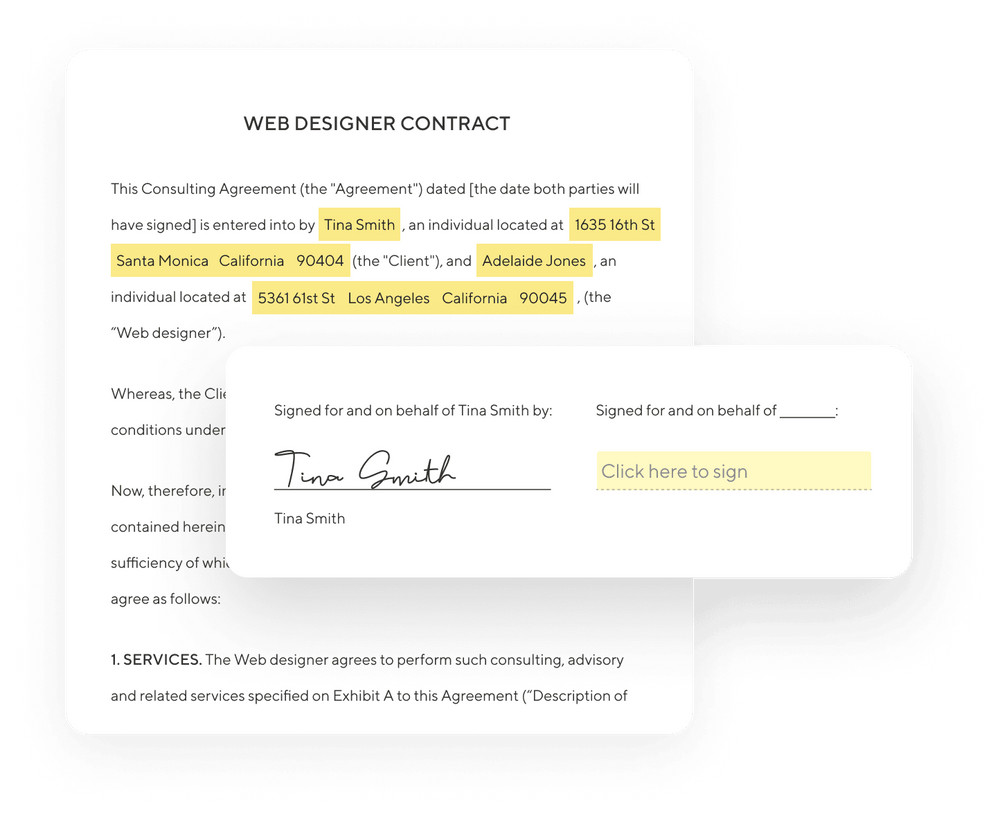The best part about freelancing is that you’re your own boss and there’s no one looking over your shoulder, making sure you get everything done. The most challenging part about being a freelancer is also that you’re your own boss and there’s no one making sure you get everything done.
Finding ways to create and keep track of our own to-do list and to hold ourselves accountable is often the toughest learning curve to overcome for a new freelancer. So what better topic to discuss today than planning and tracking action items? Let’s dive in.
What Is an Action Item?
Arriving at an action items definition is a bit difficult but, in a nutshell, an action item is any task that needs to be done or action that needs to be taken. If you have a large project, each step or task in that project is an action item.
For example, maybe you’re a freelance event planner and you’re organizing a client’s fundraiser. The action items within that project would include booking a venue, hiring entertainment, booking a caterer, designing invitations, and so on.
How to Create Your Action Item List
Creating an action item list is all about breaking down your goals and projects into individual concrete tasks. Any time you have a goal you’re working toward or a project you need to complete, set aside time to make a list of action items with deadlines for when you want to accomplish them.
Let’s take a look at an action item list example for a freelance writer. Action items might include:
- Write a blog for Client X
- Contact one new potential client
- Send an article pitch or project proposal to Publication Y
- Write a page of web copy for Client Z
- Send Client A’s invoice
Your action item list should include your production work as well as your business development tasks and the essentials of running your business, like invoicing and bookkeeping.
Tips for Tracking Action Items as a Freelancer
What is an action list if not a list of tasks you need to track? How do you keep track of those items to make sure you don’t miss anything? Start with these handy tips.
Find the Method That Works for You
There are so many ways to keep track of your action items, from countless types of task management software to good old pen and paper. When it comes down to it, the best way to track action items at work is any method that you’ll keep using. It’s all about consistently using and updating your list so everything is in one place.
Set Aside Dedicated Time to Organize, Update, and Assess
If you don’t put specific time into your schedule to update and manage your action items, you’re likely to fall behind. Plan time into your schedule for this specific purpose. For example, client meetings tend to result in new projects and tasks for your to-do list, so set aside 15 minutes after each meeting to define your new action items and add them to your list.
While you should be crossing action items off your list as you complete them, it’s also a good idea to set aside time once every week or two to audit your list. Review the order of your tasks to make sure you’re prioritizing correctly and look for any new updates you need to make.
Establish Goals and Timelines Along the Way
Each time you create a new action item, put two dates or times on it: a deadline and a start date or start time. The start date or start time should be based on how long you expect the task to take so that you can make sure to get it done before your deadline. This makes it easy to see at a glance whether you’re on track to hit all your deadlines.
Keep in mind that your deadlines don’t have to be imposed by your clients. When you have business development tasks, set your own deadlines. Otherwise, it’s easy to look at those action items as unnecessary and to skip them, falling out of line with your growth goals.
Set Reminders for Important Tasks
If you have crucial deadlines and you’re concerned about forgetting them, set a reminder that will notify you when the deadline is approaching. If you use task management software, it may have that capability already. If not, a simple reminder on your phone’s calendar will do the trick.
Create Recurring Reminders for Repeated Tasks
There might be certain action items you have to complete at regular intervals. For example, you may have to invoice your clients on a particular day each month or you may have a recurring project like an event to plan every quarter. When this happens, set up recurring action items so you don’t forget them or have to add them anew every time.
Ideally, use a task management software that lets you set up recurring project action items. If that isn’t an option, set recurring reminders on your phone so it prompts you every month or quarter to add the action item to your list.
Keeping Your Action Items on Track
Staying organized is one of the most critical aspects of being a freelancer because it allows you to keep meeting deadlines and making your clients happy. That opens the door to repeat business as well as new referrals. A well-planned and up-to-date action item list is the foundation for a successful one-person business.



